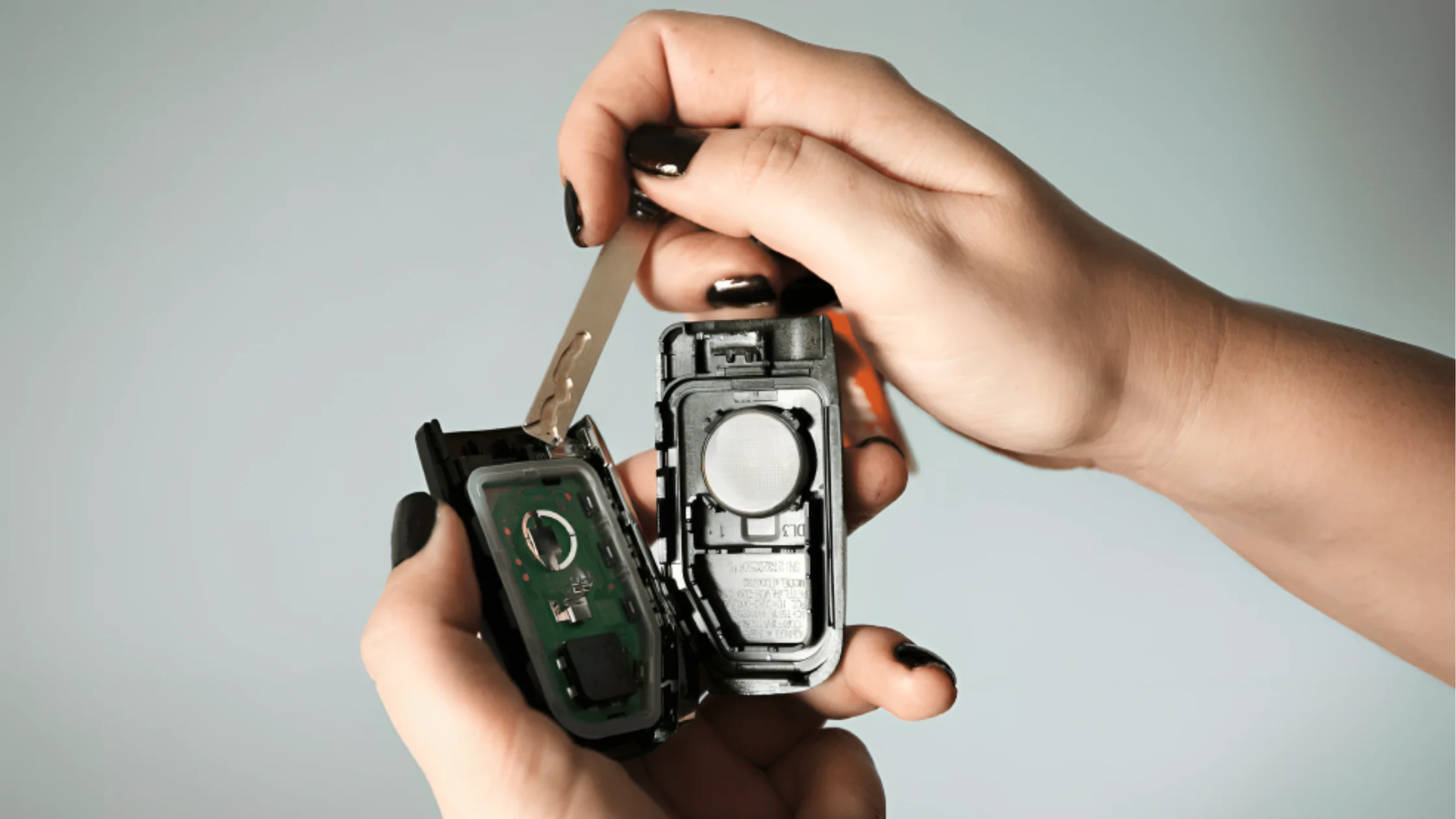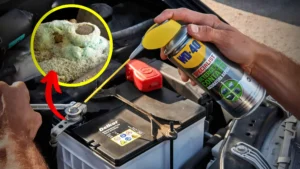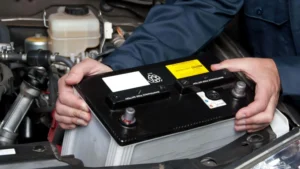Key fobs for cars are crucial for modern vehicle entry, enabling easy unlocking and starting of your vehicle. Nevertheless, similar to all battery-powered gadgets, they will eventually lose their energy. Being able to replace your car key battery can help you avoid wasting time and feeling frustrated. This manual outlines a straightforward, step-by-step procedure for replacing your key fob battery, as well as addressing commonly asked questions.
Steps to Replace the Battery in Your Car Key
To change your car key battery, just follow these straightforward instructions:
Collect your equipment: To unlock the key fob, you will require a tiny flat-bladed screwdriver or a strong fingernail.
Determine the Battery Kind: Search for the battery type labeled on the fob or refer to your owner’s manual. CR2032, CR2450, CR2016, and CR2025 are some of the popular battery types.
Unlock the Key Fob: Locate the point where the two parts of the fob join. Utilize either a screwdriver or your fingernail to carefully separate the fob at this specific seam. Certain key fobs might feature a tiny indentation to facilitate opening.
Take out the previous battery: After opening, find the battery. Take note of the battery’s orientation (positive and negative sides) prior to taking it out. You might have to slowly use the screwdriver to push it out.
Put in the Fresh Battery: Place your new battery into the fob, making sure it aligns with the orientation of the old battery. The top side is usually the positive side.
Put together the Key Fob again: Click the two halves of the fob back together until you hear a snap. Make sure it is tightly shut.
Try out the Key Fob: Push the buttons on your key fob to make sure it is working properly. If it is successful, the battery has been successfully replaced.
Also Read: How to Change Hyundai Car Key Battery
Frequently Asked Questions
The lifespan of car key batteries ranges from 2 to 5 years, depending on how frequently they are used. Frequently look for indications of battery draining.
Always use the recommended battery type for your key fob, never use a different one. Using an incorrect battery can cause a device to not function properly.
Typically, you do not have to reset your key fob when you promptly swap out the battery. Yet, reprogramming might be needed if the fob is left without a battery for a long time.
Get rid of the old battery in a correct manner, as it may cause harm to the environment. Several auto parts stores and recycling centers will take in used batteries.
Conclusion
Car key fobs are essential for modern vehicle entry, but they can lose their energy over time. To replace a battery, follow these steps: collect equipment, determine the battery type, unlock the key fob, remove the previous battery, align the new battery with the old one, reassemble the key fob, and test the key fob. The recommended frequency for battery replacement is 2 to 5 years, and the battery type should be compatible with the key fob. Reprogramming may be necessary if the fob is left without a battery for a long time. The old battery should be properly disposed of to avoid environmental harm. Auto parts stores and recycling centers can accept used batteries. It is important to check for signs of battery draining and use the recommended battery type for your key fob.Following these instructions and guidelines will allow you to effortlessly replace your car key battery and guarantee the smooth functioning of your key fob. Consistently checking and replacing your key fob battery can help avoid sudden lockouts and guarantee continual access to your car.





hi